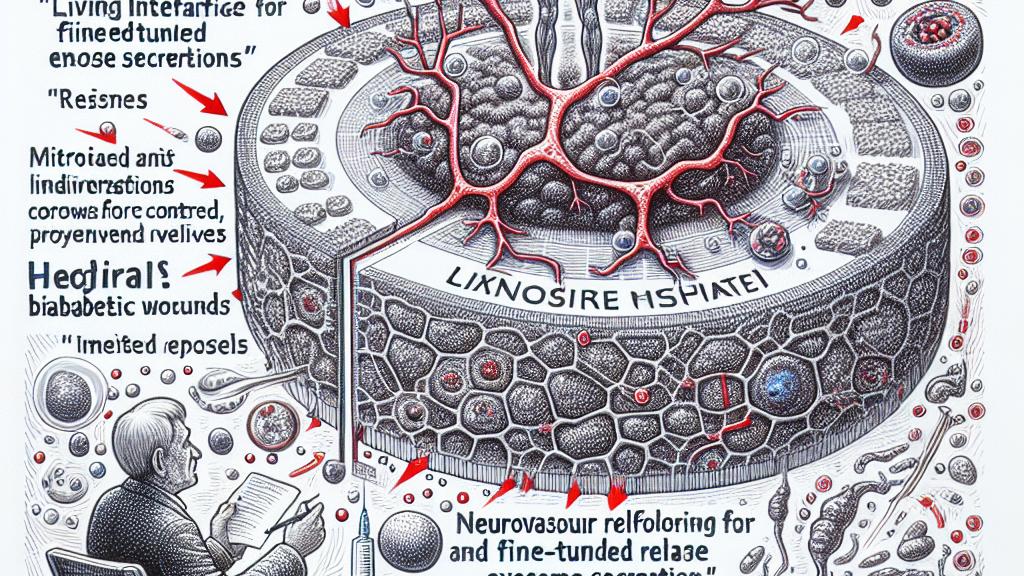Advancements in miRNA-Tunable Interfaces for Neurovascular Repair
Overview
- Discover LIFES: A revolutionary technology enhancing neurovascular remodeling.
- Unlocks exosome potential with customizable, phase-specific payloads.
- Pioneering applications in regenerative medicine and drug delivery systems.

The Breakthrough of LIFES Technology
Imagine a healing technology that not only accelerates recovery but also optimizes the process for diverse medical conditions. This vision comes to life with LIFES, or 'Living Interface for Fine-Tuned Exosome Secretion,' innovatively developed by a team at the Shenzhen Institutes of Advanced Technology in China. This breakthrough involves sophisticated materials that allow for the controlled, prolonged release of bioactive exosomes, essential players in healing. Why is this innovative? Because neurovascular remodeling is crucial for recovery—especially in challenging scenarios such as diabetic wounds—where the timely delivery of microRNAs can significantly enhance tissue repair and regeneration.
Tackling Challenges in Exosome Therapies
Let’s face the facts: exosome therapies have historically struggled. For instance, traditional methods faced limitations due to exosome lifespan, often collapsing within 24 to 48 hours. This significantly hampers attempts to replicate the body's natural healing processes. Yet, with the introduction of LIFES, these limitations are being dismantled. Imagine being able to program exosomes to dynamically adapt their functions! Initially, LIFES can release beneficial factors that promote blood vessel growth and then seamlessly transition to those that support nerve regeneration—this phase-specific adaptability is a game changer. By aligning closely with the body’s natural healing rhythm, LIFES not only boosts treatment efficiency but ultimately transforms patient care dramatically.
Exploring Future Applications of miRNA-Tunable Interfaces
Looking ahead, the possibilities of LIFES are overwhelmingly exciting. Beyond just enhancing neurovascular repair, this technology has the potential to revolutionize multiple fields, particularly regenerative medicine and brain-machine interfaces. With its ability to mimic sophisticated natural healing mechanisms, LIFES could render traditional therapies obsolete, providing patients with safer and more effective treatments. Picture an integration of LIFES into cutting-edge drug delivery systems, where tailored therapies adapt in real time to patient needs. This is not mere speculation; it’s a captivating glimpse into the future of medical treatment, where innovations like LIFES hold the key to unlocking better health outcomes and redefining the boundaries of what’s possible in healing. As we stand on the brink of these advancements, the excitement in the scientific community is palpable, and rightly so—these breakthroughs have the power to change lives.

Loading...